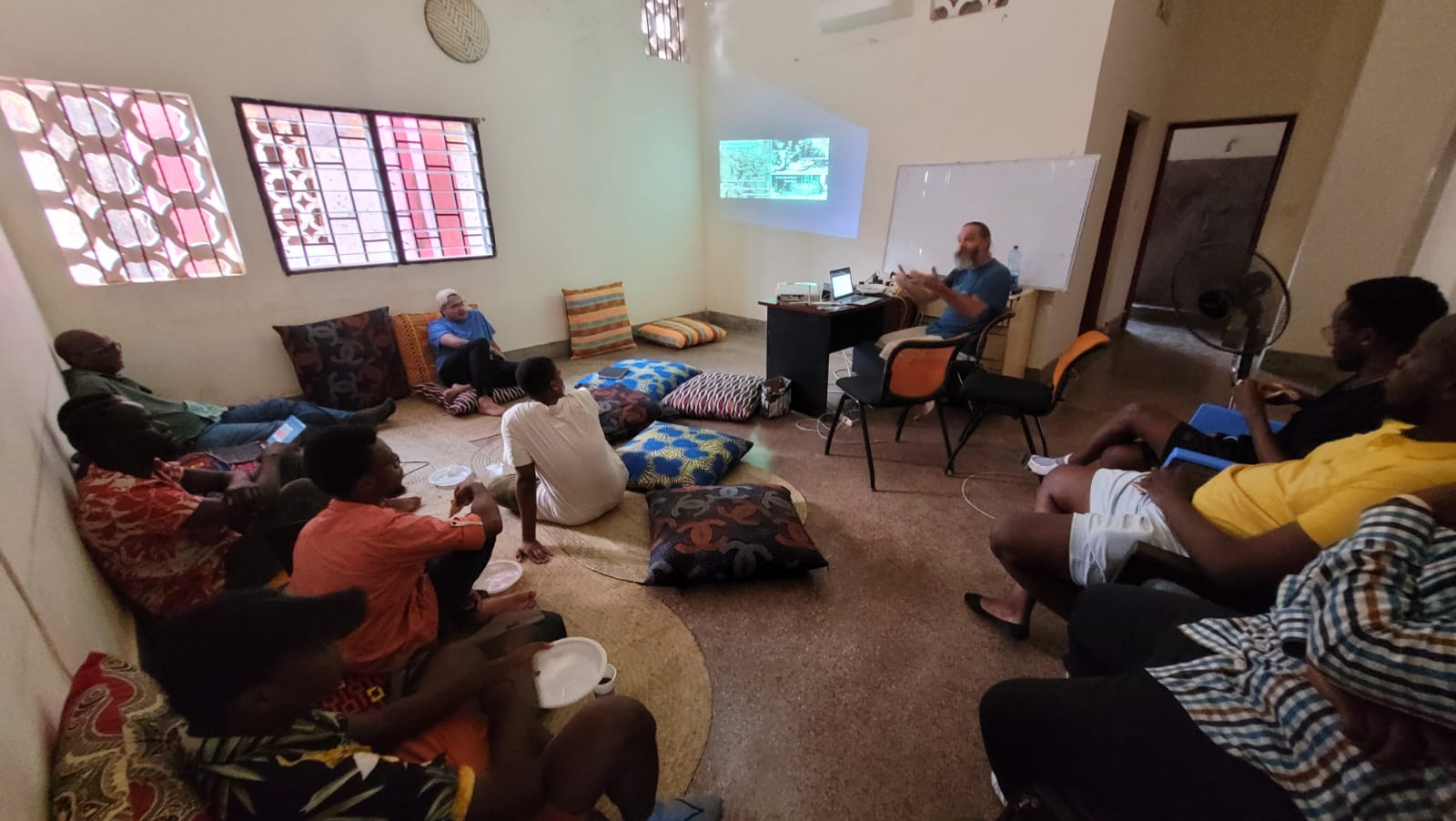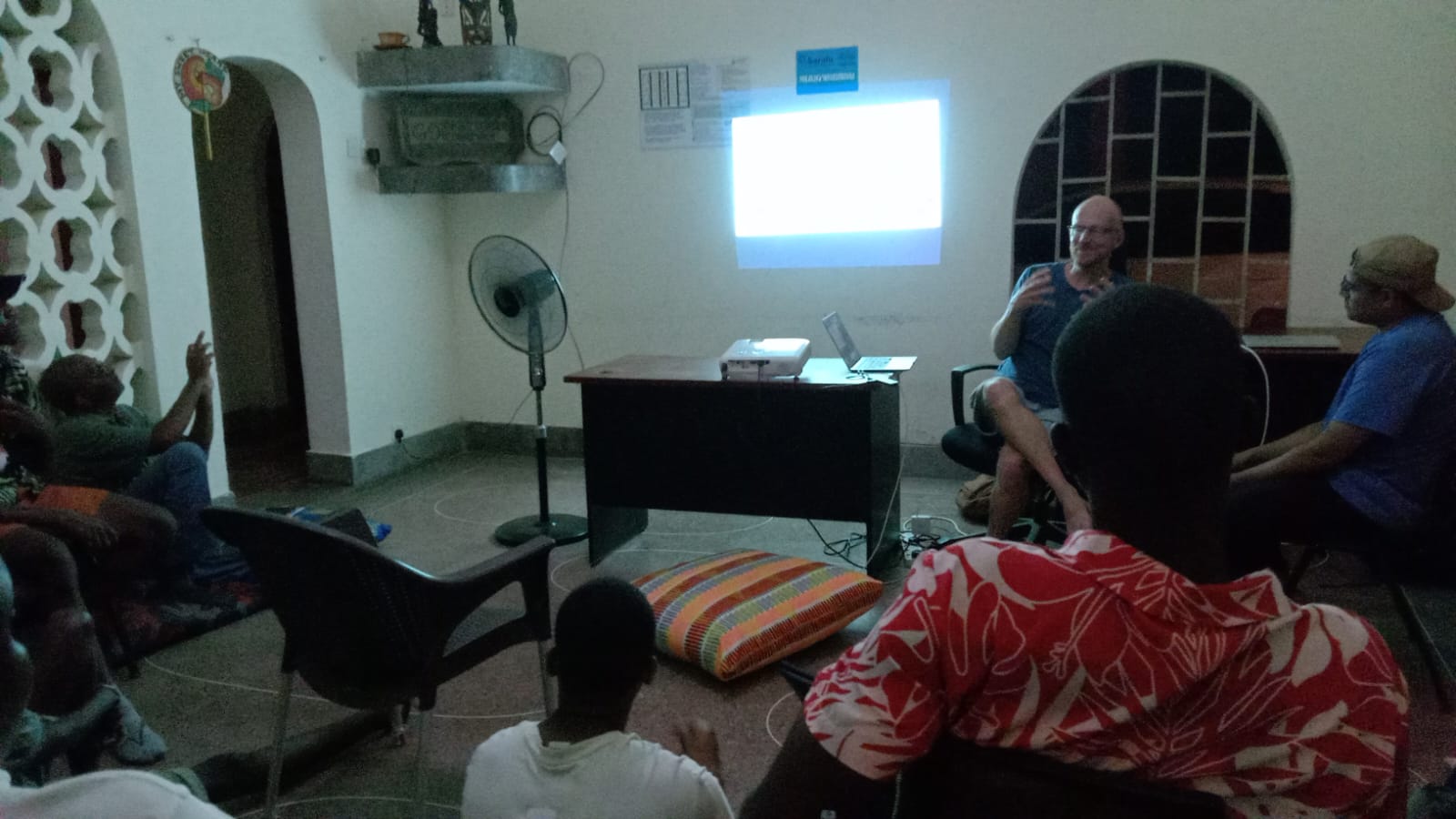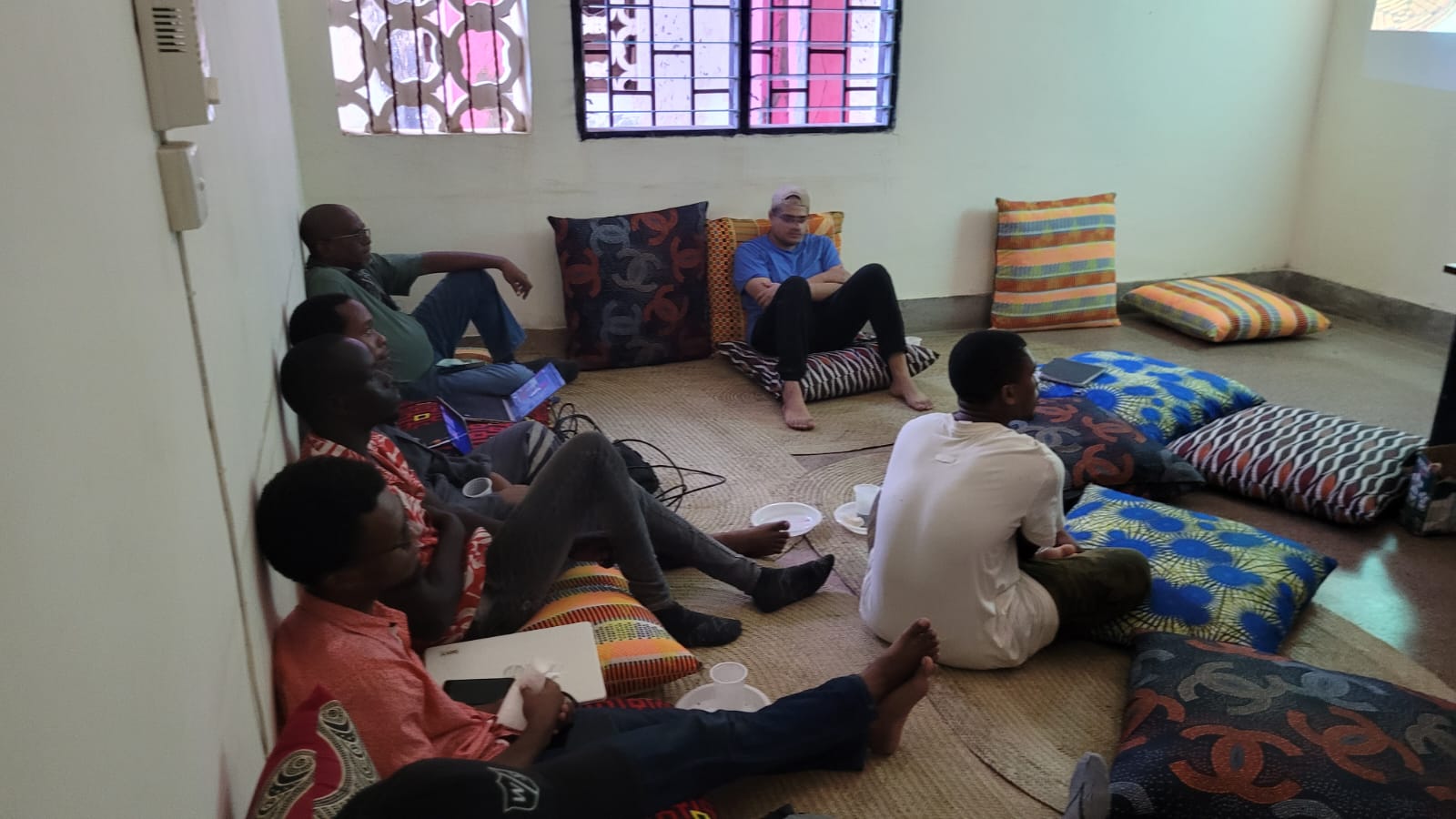5 March 2024
David Johnson
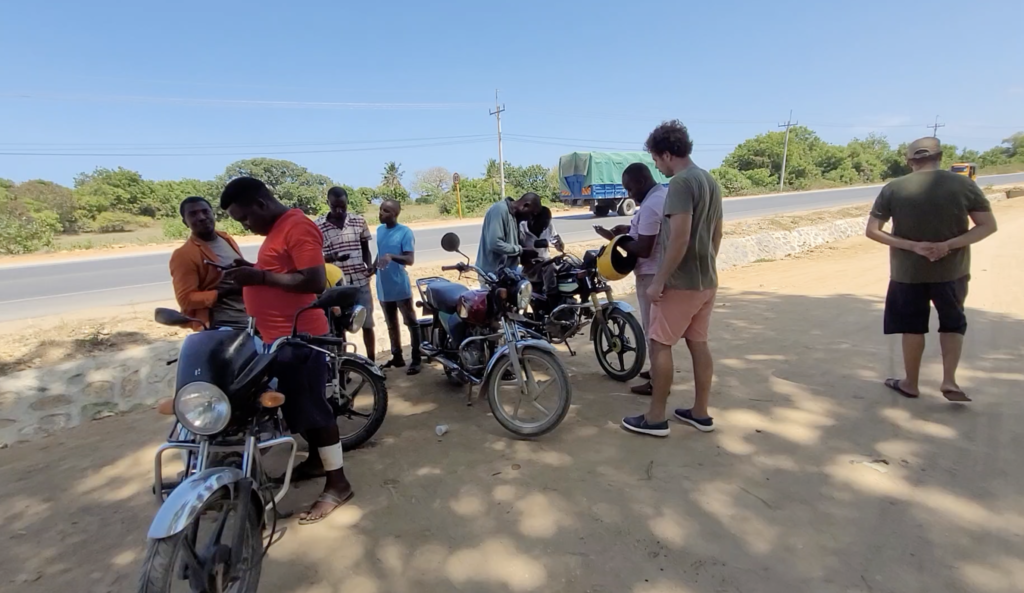
The purpose of this trip was to install the new iNethi server (local server providing local content and services in Kilifi, Kenya), connect up the mix of fiber and Starlink to the firewall, install the new TP-link Wireless routers flashed with OpenMesh, test the newly build internet voucher system with local users, meet Twahir from Dunia Moja community network and partner on growing the reach of the iNethi and GE system, discuss and plan integration of the new iNethi app and landing page with the GE Cello-based payment system and have a workshop with developers in the region.
The new robust iNethi server build like a tank for Africa
The original iNethi server - an Intel i5 NUC that used a fan for cooling - burnt out after a year. It had accumulated massive amounts of dust that clogged up the fan and eventually the device overheated and was damaged beyond repair. We replaced this server with a device (Protectli Vault FW6D - 6 Port, Mini PC - Intel Quad Core i5 (8250U)) that has no fan and simply uses a large heat sink for cooling.
This is running our latest iNethi software that has additional features such as monitoring up time of infrastructure. This will be be used for rewarding people hosting radios, where the reward is directly proportional to the amount of time they keep the radio on. We may also build in other reward incentives such as linking the reward to the number of user connections per month. This would provide an incentive to promote the network to community members who are in range of the radio.
After powering it up, we tested streaming some videos and accessing the internet with Radiusdesk internet coupons that we handed out to some boda-boda riders and it worked flawlessly.
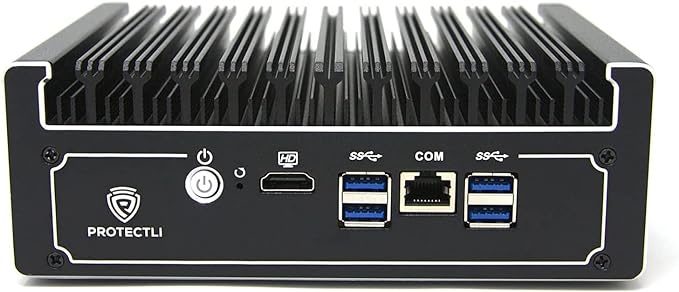
Mixing Starlink and Fiber for extra speed and redundancy
Grassroots Economics has just acquired a Starlink dish and on this trip we managed to integrate this into our firewall system to ensure that both the less reliable fiber (ironically) and more reliable Starlink could be aggregated.
Fiber is meant to be more reliable, but the aerial fiber used in Kilifi is susceptible to breakages from trucks, falling trees, theft etc. In addition there are other upstream disconnections due to power outages or even faulty switch or fiber equipment. Starlink will always be available apart from periods where there are very heavy rainstorms which will slow down the link.

Installing new lower-cost TP-link mesh radios
One of the challenges we've had over the past two years is obtaining low-cost mesh radios for the project. Ubiquiti mesh radio equipment has become too costly due to a combination of chip shortages and their historic generally higher prices. To solve this problem, we scanned the set of Openwrt compatible radio hardware and looked for low-cost devices that were widely available in Africa.
TP-link EAP225 mesh radios were the right combination of being widely available, using the same good high-speed 802.11ac radios that are on the Ubiquitu mesh AC radios, and being low-cost (40% less than Ubiquiti radios). These were flashed with Meshdesk, the open source mesh software that uses Batman mesh routing and communicates with Meshdesk network management software. The management sofware allows you to configure and monitor your mesh network. We have also built a good partnership with the author of this software in this project.
We mounted two of these on the Grassroots Economics building roof and at the gate of the offices to ensure that the signal reaches people walking in the main road and boda boda riders who wait for passengers under a tree nearby. They performed excellently and we were able to get speeds close to 100 Mbps on a Samsung Galaxy phone when close to the radios or up to 20 Mbps when 200m down the road.
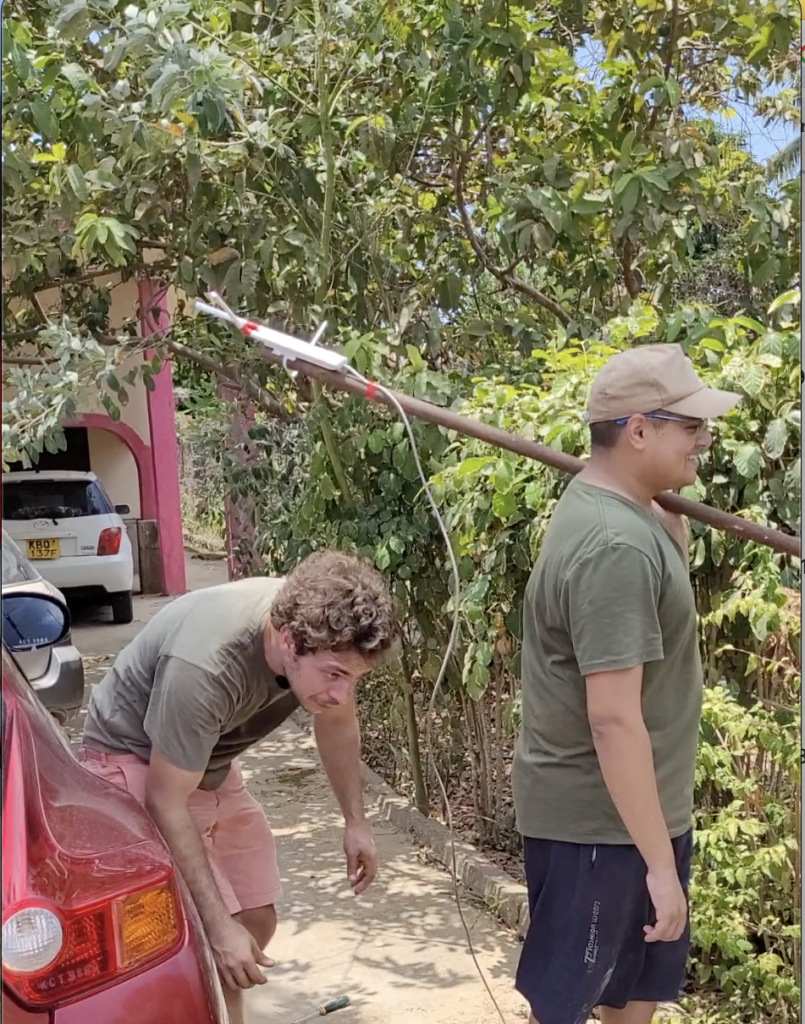
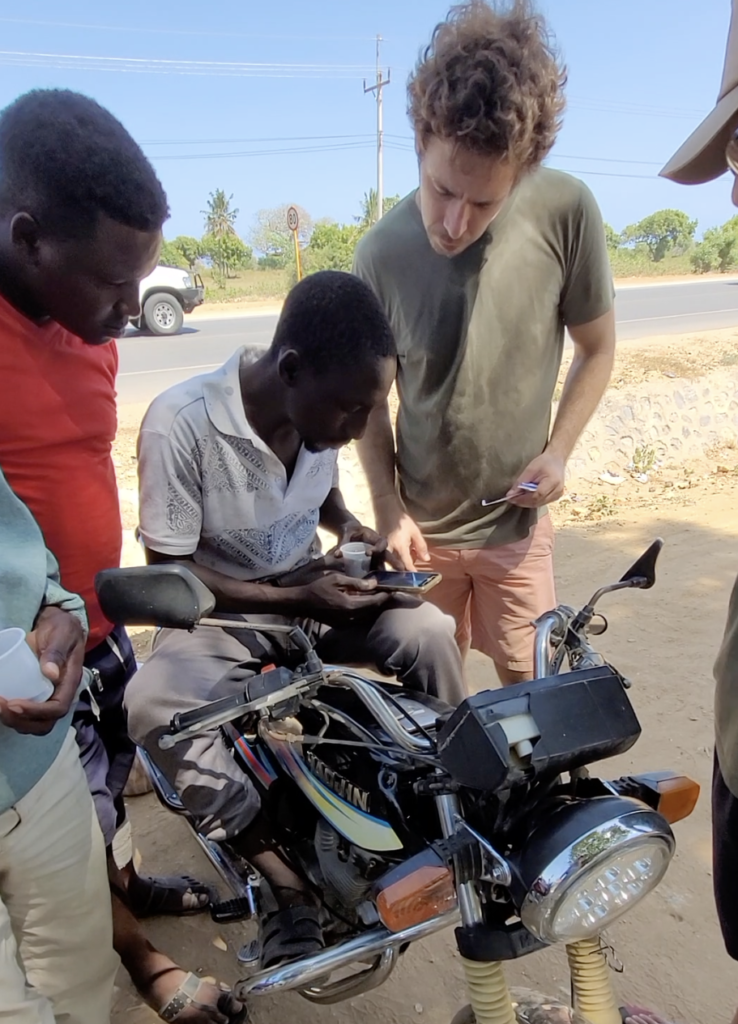
Partnership with Dunia Moja
One of the challenges in growing a community network is building a critical mass of skills to grow and maintain the network. Networks need constant care and nurturing and require skills like mastery of Linux network commands, network configuration knowledge, RF link planning, antenna knowledge, and interference management. It takes time to build these skills and this made progress slow in Kilifi.
On this his trip we met up with Twahir Kassim from Dunia Moja, who we had met previously, and were really impressed with how his network had grown from a single tower and some connected schools North of Kilifi two years ago to an extensive network spanning the whole of the Kilifi area using four 50 to 120 feet towers. It made perfect sense to partner with Dunia Moja rather than try and duplicate those skills and we agreed to transfer our whole system into the Dunia Moja network.
This will enable us to make our iNethi services and content, the internet coupon system linked to Grassroots Economics vouchers, and our reward system that rewards good custodianship and content producers available to a much wider area. A very exciting new development and we are really looking forward to working with Dunia Moja.
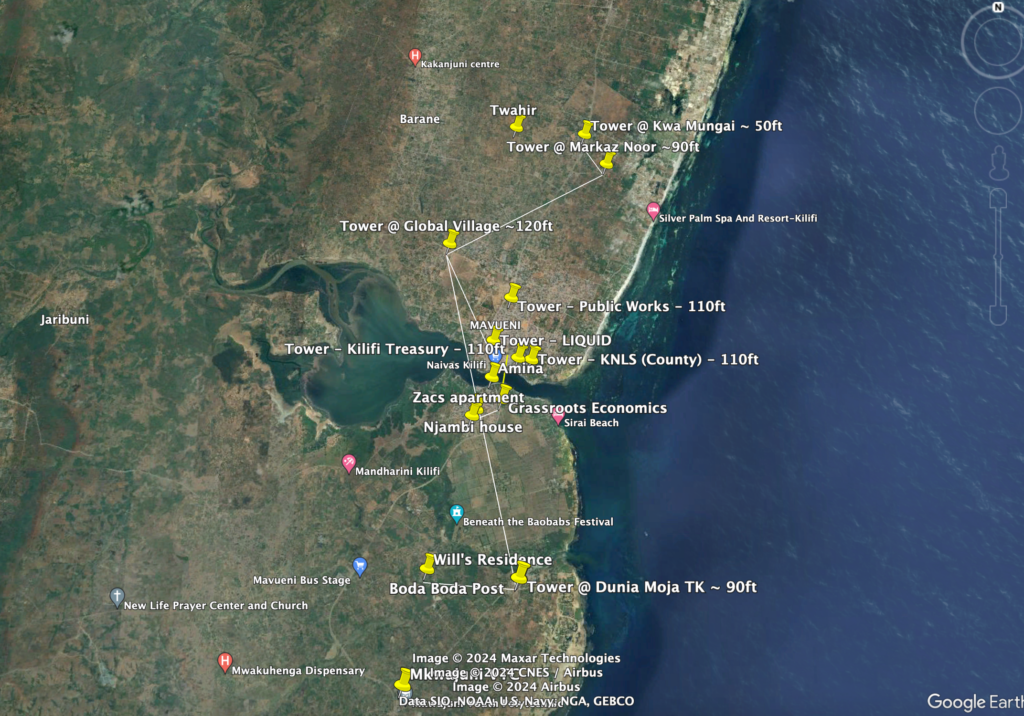
Kilifi Techies Evening
On the last day of the trip on the 1st of March, we held a Kilifi Techies evening for all software developers in the Kilifi area. This was an opportunity to share the work of Grassroots Economics and iNethi with developers in the area and learn what other developers are working on.
As all our work is open source, this was also an opportunity to see if any developers would be interested in contributing to the work.
Will shared the high level philosophy of Grassroots Economics and commitment pooling and how the modern technology behind the Celo blockchain can be used to foster economic resilience, mutual aid and resource sharing. Sohail demonstrated the Sarafu Network and Wallet in action, showing how simple it is to setup a wallet and also visualize all community voucher exchanges in communities across Kenya and even in other countries.
David presented some history and some of the philosophy behind community networks and examples of communities coming together to build commons infrastructure. He also demonstrated the iNethi local server system in action and thinking around how to price internet that can help support covering maintenance and backhaul but still be far more affordable than current cellular pay-as-you-go data.
